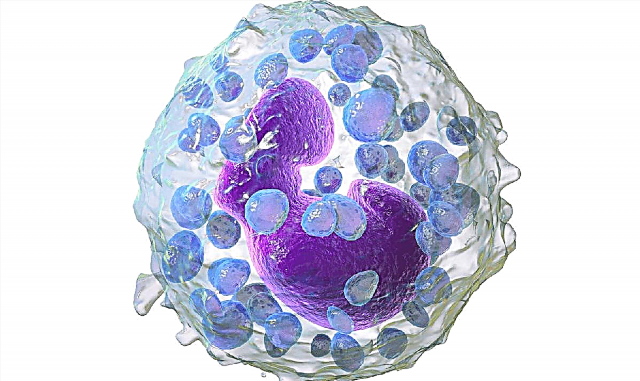
Chickenpox is considered to be a very contagious and common disease. It is known that in childhood it is easily tolerated in most cases, and for adults it can pose a serious danger. And therefore, some mothers do not mind if their babies get sick in the preschool period, forgetting about chickenpox for the rest of their lives, because such an infection leaves behind a persistent immunity. What is needed to get infected with chickenpox and can this be done without contact with the patient?

How is chickenpox spread
This disease is caused by a virus that is referred to as herpes viruses. It is transmitted from sick children by healthy airborne droplets. At the same time, the susceptibility to the pathogen is very high (more than 90%), and due to its volatility, infection is possible in tens of meters from the child emitting the virus into the environment. If you are in the same room with a child during the infectious period, you can get chickenpox in 5 minutes.

Further, within 7-21 days, the disease will not manifest itself in any way. During this period, called the incubation period, the virus develops in the mucous membranes and accumulates. As soon as it enters the bloodstream, the child's general condition worsens and such characteristic symptoms of chickenpox as fever and blistering rash appear.
The duration of the incubation period is different for different children, so the mother will have to be patient and only after at least a week find out if the child has contracted the virus. On average, 2 weeks pass from contact with the pathogen to the first manifestations of chickenpox, and seven days are considered the minimum period after which the disease manifests itself.
Chickenpox can be infected by contact, if you touch the bubbles on the body of a sick baby, because they contain a rather high concentration of the virus. In this case, the transmission of chickenpox through third parties or objects is unlikely due to the low resistance of the pathogen outside the human body.

How to understand that a child has chickenpox
- At the very beginning, the disease manifests itself in the same way as other viral infections - weakness, dizziness, impaired appetite, sleep disturbances, sore throat and other nonspecific symptoms. So to determine that the child is sick with chickenpox, at first it will not work.
- However, the body temperature of the crumbs rises quite quickly, and a special rash appears on the skin. At first, it looks like tiny red spots, which very quickly become papules (look like mosquito bites), and then - single-chambered bubbles with a red rim around. At the same time, new elements of the rash appear constantly and on one area of the skin you can simultaneously see both only the appeared papules and the already drying bubbles with a crust.
- During the rash, the child suffers from a rather pronounced itching, and each next "wave" of new bubbles is combined with a new rise in body temperature. Gradually, all the vesicles become covered with crusts, which fall off within two to three weeks and, if the rash is not combed, no traces remain.

How to plan a period of illness
In order for a child to probably catch chickenpox from a sick baby, you need to know about the time when a person who is sick with such an infection is the most contagious to others. This information is also important for mothers who want to protect their baby from chickenpox, for example, if there is a birthday celebration or an interesting trip soon.
The child becomes contagious with chickenpox on the last day of the incubation period, but it is impossible to find out at this time that the baby is already sick. Surely, you can be sure of the presence of chickenpox only if symptoms characteristic of this infection occur. In this case, a sick child will secrete the virus not only during the most active period of the disease, when the body temperature is high, and “fresh” bubbles constantly appear on the body. The baby is considered infectious and within five days after the moment when new elements of the rash no longer appear.

Vaccination
A safer option to "acquaint" a child with the causative agent of chickenpox is called vaccination against such an infection. After the introduction of a weakened virus, children develop strong immunity, as after an illness. At the same time, the baby will be protected from complications of the disease, as well as from relapses in old age, which are called shingles, because the virus is not completely destroyed, but remains in the tissues of the child's nervous system for life.
For vaccination against chickenpox, two similar drugs are used - the Belgian vaccine Varilrix and the French drug Okavax. Both vaccinations are given subcutaneously or intramuscularly in the shoulder area. But, since this vaccination is not on the mandatory list, parents must purchase the vaccine themselves.
The value of the chickenpox vaccine increases as the baby grows up, since adolescents and adults in many cases tolerate such a childhood infection very hard and with many complications, as well as with the appearance of scars on the skin. At the same time, it is enough to vaccinate children under the age of 13 against chickenpox once, and at the age of over 13, two injections are required for full protection.




